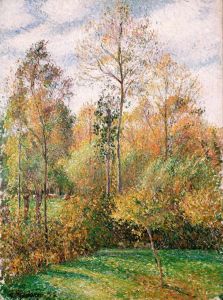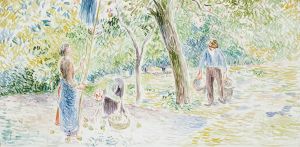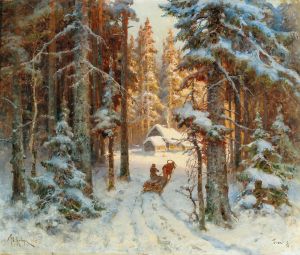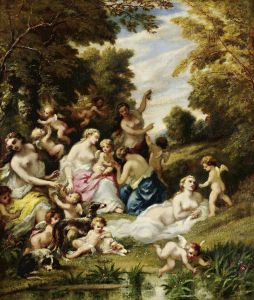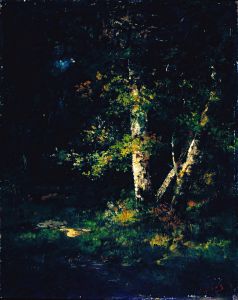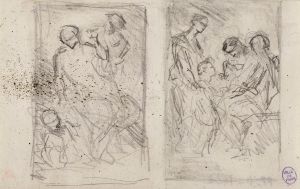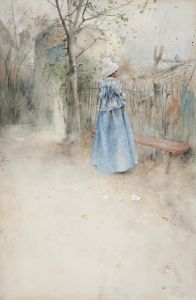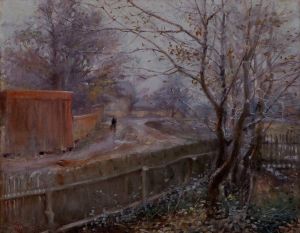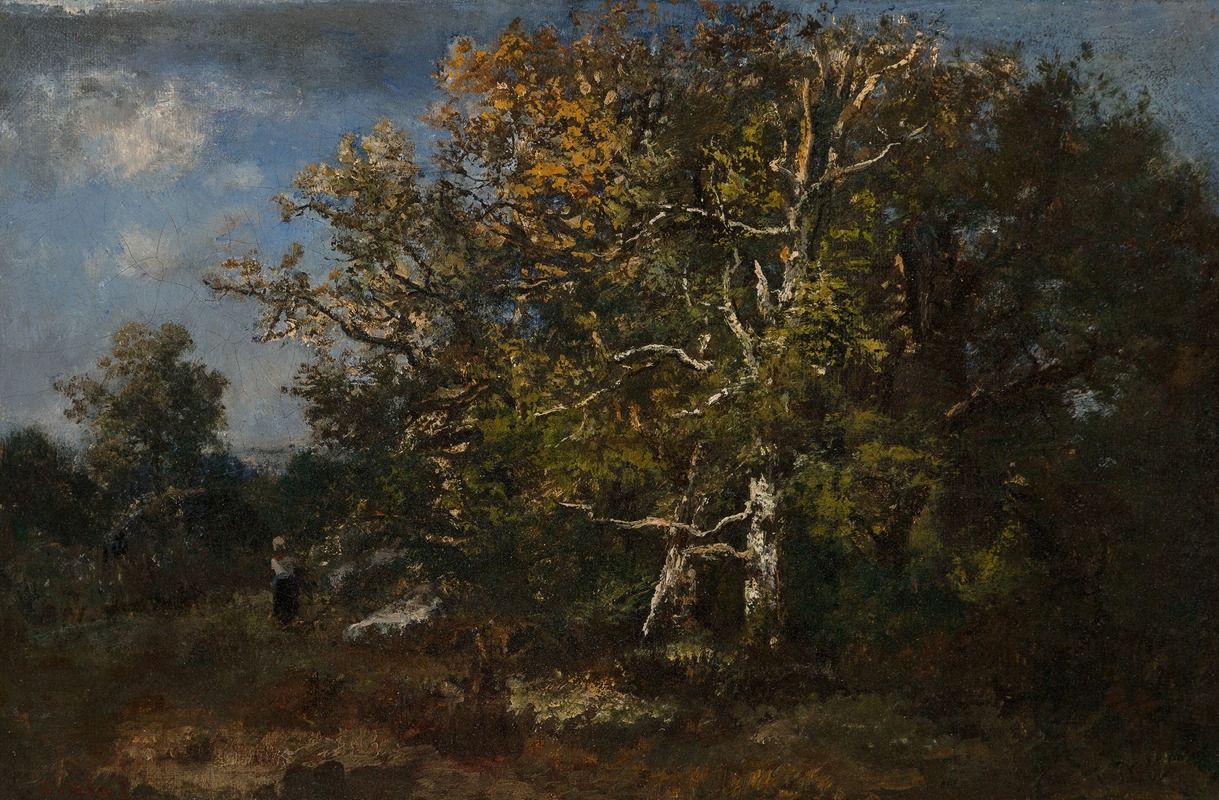
Paysanne dans la forêt d’automne
A hand-painted replica of Narcisse-Virgile Diaz de La Peña’s masterpiece Paysanne dans la forêt d’automne, meticulously crafted by professional artists to capture the true essence of the original. Each piece is created with museum-quality canvas and rare mineral pigments, carefully painted by experienced artists with delicate brushstrokes and rich, layered colors to perfectly recreate the texture of the original artwork. Unlike machine-printed reproductions, this hand-painted version brings the painting to life, infused with the artist’s emotions and skill in every stroke. Whether for personal collection or home decoration, it instantly elevates the artistic atmosphere of any space.
Narcisse-Virgile Diaz de la Peña was a prominent 19th-century French painter, known for his association with the Barbizon School, a movement that emphasized naturalism and the depiction of rural landscapes. One of his notable works is "Paysanne dans la forêt d’automne" (Peasant Woman in the Autumn Forest), which exemplifies his skill in capturing the beauty and mood of the natural environment.
Diaz de la Peña was born in Bordeaux, France, in 1807. He initially trained as a porcelain painter before turning to oil painting. His early works were influenced by Romanticism, but he later became associated with the Barbizon School, which was named after the village of Barbizon near the Forest of Fontainebleau. This group of artists, including Théodore Rousseau, Jean-François Millet, and Camille Corot, sought to break away from the formalism of academic art and instead focused on painting landscapes directly from nature.
"Paysanne dans la forêt d’automne" is a testament to Diaz de la Peña's ability to convey the serene and atmospheric qualities of the forest. The painting depicts a peasant woman walking through an autumnal forest, surrounded by trees with leaves in various shades of gold, orange, and brown. The use of warm colors and soft, diffused light creates a sense of tranquility and harmony with nature. This work reflects the artist's fascination with the changing seasons and his ability to capture the ephemeral beauty of the natural world.
Diaz de la Peña was known for his rich use of color and his ability to create texture and depth in his paintings. In "Paysanne dans la forêt d’automne," he employs a technique that combines loose brushwork with more detailed rendering, allowing the viewer to feel both the immediacy of the scene and the intricate details of the foliage. The composition is balanced, with the figure of the peasant woman serving as a focal point that draws the viewer's eye into the depths of the forest.
The Barbizon School, and Diaz de la Peña in particular, played a significant role in the development of landscape painting in the 19th century. Their emphasis on painting en plein air (outdoors) and their focus on naturalism influenced later movements, including Impressionism. Diaz de la Peña's work, including "Paysanne dans la forêt d’automne," contributed to a broader appreciation of landscape painting and the depiction of rural life.
Throughout his career, Diaz de la Peña exhibited regularly at the Paris Salon, where his works were well-received. He was awarded a medal in 1848, and his reputation as a landscape painter continued to grow. Despite facing personal challenges, including the loss of a leg in his youth, Diaz de la Peña remained dedicated to his art and left a lasting legacy through his evocative depictions of nature.
"Paysanne dans la forêt d’automne" remains an important example of Diaz de la Peña's work and the Barbizon School's contribution to art history. It captures the essence of the natural world with sensitivity and skill, reflecting the artist's deep connection to the landscapes he painted.





